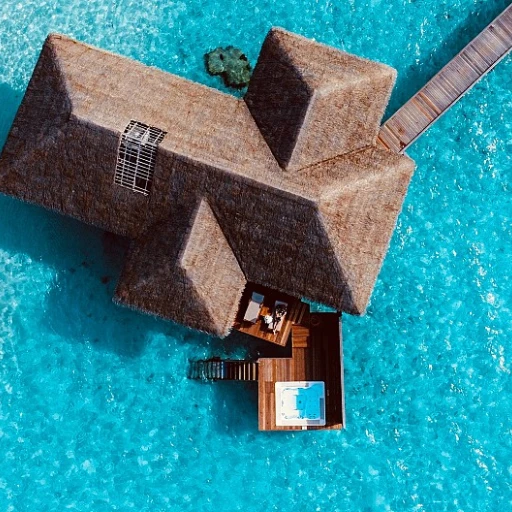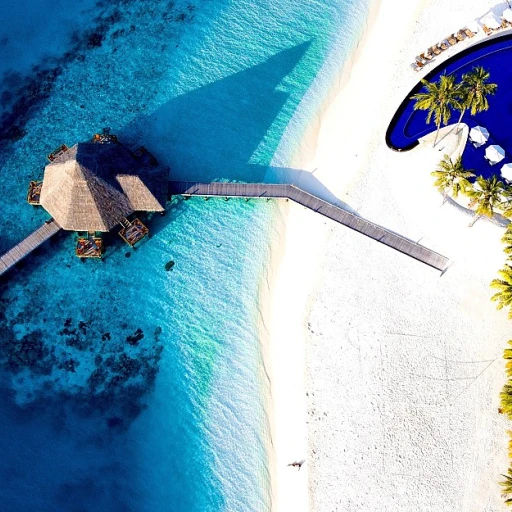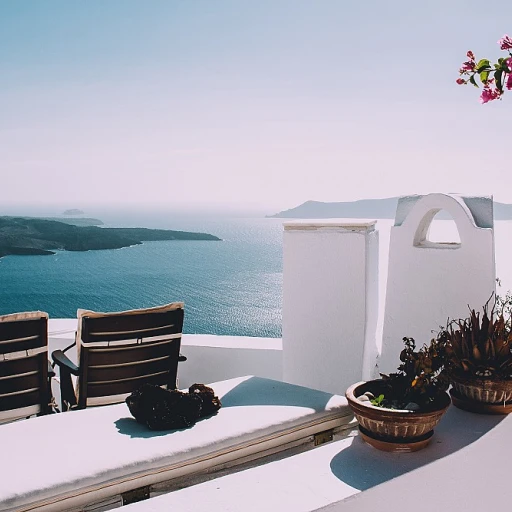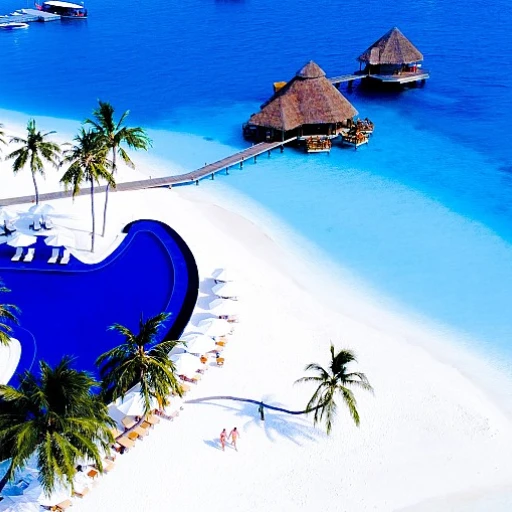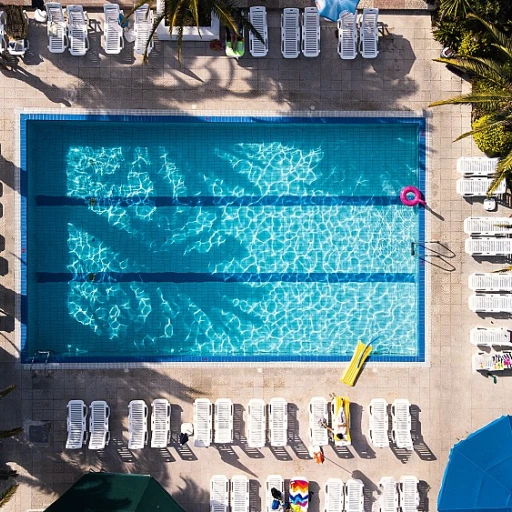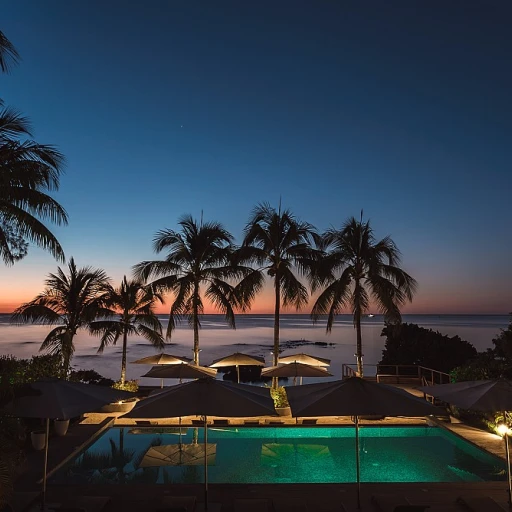The Cultural Mosaic of Arunachal Pradesh
A Tapestry of Diverse Traditions
Arunachal Pradesh, an enchanting region in northeast India, stands as a vibrant mosaic of culture and tradition, woven together by over 20 distinct tribal communities. Each tribe enriches the cultural heritage of the area with its unique art forms, festivals, and rituals, contributing to a harmonious yet diverse cultural landscape. The dances of Arunachal Pradesh, often performed during festivals, are a vital component of this cultural mosaic. These traditional dance forms provide a glimpse into the indigenous communities' way of life, their deep-rooted values, and their enduring connection to the land. The Chham dance, performed in elaborately colorful costumes, exemplifies the spiritual ties these performances hold with the region's past and its people's beliefs. In Arunachal Pradesh, community life often revolves around traditional dance performances, such as the Bardo Chham and Ponung dances. These dances are not merely forms of expression but are a means of storytelling and a celebration of collective identity. Folk dances like the Wancho dance and other similar forms encapsulate an array of emotions and narratives, bringing both men and women together in a rhythmic tapestry of movement and music. Despite the invigorating display of dance and the rich cultural offerings of Arunachal Pradesh, accessing these exclusive cultural experiences can be a challenge. The remoteness of the region and the need for cultural sensitivity when engaging with tribal communities add layers of complexity for those seeking to witness these performances firsthand. For travelers desiring an authentic glimpse into the vibrant cultural life of Arunachal Pradesh, it is vital to approach these experiences with respect and curiosity. This intricate cultural tapestry of Arunachal Pradesh shares a broader connection with India's diverse cultural scene. Learn about another captivating experience in the alluring cultural performances that exemplify the global fascination with traditional art forms.The Significance of Tribal Dances
Understanding the Importance of Dance in Cultural Identity
In Arunachal Pradesh, dance is a vibrant tapestry interwoven with the cultural heritage of its diverse tribal communities. These dance forms are more than just performances; they are a significant expression of the tribal identity and cultural traditions. Each dance form carries its own unique symbolism and significance, acting as a living narrative of the people’s history and beliefs.
The dances performed by the tribes in Arunachal Pradesh are, in essence, a collective memory embodied in movement. They encapsulate the stories of day-to-day life, festivals, and rituals, thus serving as a medium for cultural preservation and transmission. For instance, Bardo Chham is a striking enactment of the victory of good over evil, performed with elaborate masks and costumes, while the Wancho dance connects to agricultural traditions and community harmony.
Both men and women participate in these dance performances, often accompanied by traditional music that includes native instruments. The synchrony between dancers and the beats of these instruments highlights the integral role of music in these folk dances. Additionally, dance forms like Ponung bring women to the forefront of cultural expression, emphasizing the inclusive nature of these traditional celebrations.
These dance performances are intertwined with tribal festivals, offering a glimpse into the heart of the community’s way of life. Yet, accessing these exclusive cultural experiences can be challenging due to the remote locations and limited resources of the region. For a more immersive involvement in such rich traditions, travelers are encouraged to participate respectfully, being mindful of their cultural sensitivity. Engaging in respectful and informed interactions not only enhances the travel experience but also supports the preservation of these beautiful cultural practices.
For those interested in further exploring the authenticity of cultural engagements, you can discover more guiding insights on immersive experiences near Venice.
Popular Tribal Dances to Experience
Discover the Enchanting World of Arunachal Pradesh's Tribal Dances
Arunachal Pradesh, a treasure trove of cultural diversity in India, offers a mesmerizing array of traditional dance forms that embody the spirit and traditions of its indigenous communities. These dances, performed during various festivals and ceremonies, provide a window into the rich cultural heritage of the region. Each dance form is a unique expression of the community's beliefs, stories, and way of life.
Among the most captivating dances is the Bardo Chham, a folk dance performed by the Sherdukpen tribe. This dance form is a vibrant depiction of the victory of good over evil, often performed during the New Year festival. The dancers, wearing elaborate costumes and masks, move gracefully to the rhythm of traditional music, creating a spellbinding spectacle.
Another notable dance is the Wancho Dance, performed by the Wancho community. This dance is an integral part of their festivals, showcasing the unity and strength of the community. The dancers, both men and women, wear traditional attire and perform synchronized movements that reflect the harmony of their cultural practices.
The Ponung Dance of the Adi tribe is a celebration of life and prosperity. It is primarily performed by women who sing and dance in circles, accompanied by the rhythmic beats of drums and cymbals. This dance form is not only a visual delight but also an auditory treat, as the music and chants resonate with the audience.
Experiencing these dances is not just about witnessing a performance; it's about immersing oneself in the cultural tapestry of Arunachal Pradesh. To truly appreciate these art forms, one must understand the significance they hold for the people of this region. As you explore the vibrant tribal dances of Arunachal Pradesh, you may find parallels with other exclusive cultural experiences around the world, such as unveiling the hidden wonders of Bolivia.
The Art of Dance: Costumes and Music
Immersive Elements of Tribal Dance
In Arunachal Pradesh, the art of dance is a vibrant expression of cultural heritage, where every movement tells a story. The traditional dance forms here are not just performances; they are a profound representation of the community's history and beliefs. Each dance is accompanied by music that is both rhythmic and melodic, creating an immersive experience for both dancers and spectators.
Traditional Attire and Its Significance
The costumes worn by dancers in Arunachal Pradesh are as significant as the dances themselves. These traditional garments are often adorned with intricate patterns and vibrant colors, reflecting the rich cultural tapestry of the region. For instance, during the Bardo Chham, dancers wear elaborate masks and costumes that symbolize various deities and spirits. This dance, often performed during festivals, showcases the battle between good and evil, a theme prevalent in many folk dances of India.
Music: The Heartbeat of Dance
Music plays a crucial role in these traditional dance performances. Instruments such as drums and cymbals are commonly used, providing a rhythmic foundation that guides the dancers' movements. The music is not merely an accompaniment; it is an integral part of the dance, enhancing the storytelling aspect of each performance. In dances like the Ponung, performed by the women of the community, the music is gentle and harmonious, complementing the graceful movements of the dancers.
Gender Roles in Dance
Gender roles are often defined within these dance forms. While some dances, like the Wancho Dance, are predominantly performed by men, others, such as the Ponung Dance, are led by women. This division is not merely traditional but also highlights the different roles men and women play in the cultural narratives of Arunachal Pradesh.
Understanding these elements of dance in Arunachal Pradesh offers a deeper appreciation of the cultural richness that these performances embody. As you explore the vibrant tribal dances of this region, remember to engage respectfully with the communities and their traditions, ensuring that these cultural treasures are preserved for future generations.
Challenges of Accessing Exclusive Cultural Experiences
Gaining Insight into Cultural Practices
Accessing the exclusive cultural experiences in Arunachal Pradesh can present a unique set of challenges. Despite the vibrant allure of the traditional dances performed by the various tribal communities, the remoteness of the region can be daunting for travelers. This is not only due to its geographical location but also the sensitivity required when engaging with the cultural heritage of the local tribes.Firstly, the topography of Arunachal Pradesh, nestled in the north-east of India, contributes to the region's isolation. The terrain can make travel less straightforward compared to other popular tourism spots in India, such as Tamil Nadu. Travelers may need to prepare for long journeys and potentially limited transportation options, making the planning phase crucial.
Moreover, cultural nuances play a significant role in gaining access. The Bardo Chham, Wancho dance, or any other traditional dance forms performed by the indigenous communities are deeply rooted in their cultural and religious beliefs. Therefore, building trust with the local people is essential before participation or observation. Understanding the significance of each dance form can help in appreciating these performances without unintentionally offending the hosts.
Communication barriers may also arise as numerous dialects are spoken across Arunachal Pradesh. Engaging a local guide can be beneficial for overcoming language challenges, ensuring that you are able to immerse yourself in the cultural experiences that include dance, music, and festival activities authentically.
Navigating Respect and Authenticity
Ensuring respectful engagement when attending these exclusive showcases of dance and tradition involves careful consideration of customs, dress codes, and local sentiments. Travelers should be aware that the dancers wear specific costumes that hold cultural significance, symbolizing different aspects of their heritage.
Being mindful of photography etiquette, particularly when observing performances such as the traditional folk dances, is critical. While it’s tempting to capture these vivid moments, it's best to seek permission thereby respecting the sanctity of the dance performance.
Overall, while the challenges of accessing these rich cultural displays in Arunachal Pradesh exist, the effort is amply rewarded by the unforgettable experience of witnessing the dances and rituals that contribute to the diverse tapestry of India's traditions.
Tips for Respectful Engagement
Engaging with Respect and Sensitivity
When venturing into the culturally rich landscapes of Arunachal Pradesh, it's crucial to approach the experience with respect and sensitivity. The tribal dances performed here are not just performances; they are a vital part of the community's cultural heritage and traditional practices.
- Understand the Cultural Significance: Before attending a dance performance, take time to learn about its significance. The Bardo Chham and other dance forms are deeply rooted in the spiritual and social fabric of the people.
- Dress Appropriately: While attending these events, consider wearing modest attire as a sign of respect. The dancers wear traditional costumes that are integral to the art form, and showing respect through your own dress can enhance the experience.
- Observe with Respect: During the dances, such as the Wancho or Ponung dance, observe quietly and avoid interrupting the performers. The music and movements are expressions of cultural identity, and it's important to let them unfold naturally.
- Seek Permission for Photography: Always ask for permission before taking photos or videos. Some communities might have restrictions on capturing their traditional dance forms.
- Engage with Locals: Interact with the local people to gain deeper insights into the dances and their meanings. This can enrich your understanding and appreciation of the cultural performances.
- Support Local Artisans: Consider purchasing handmade crafts or music from local artisans. This supports the community and preserves their cultural practices.
By approaching these cultural experiences with an open mind and respectful demeanor, you contribute to the preservation and appreciation of Arunachal Pradesh's vibrant folk dances and the diverse traditions they represent.


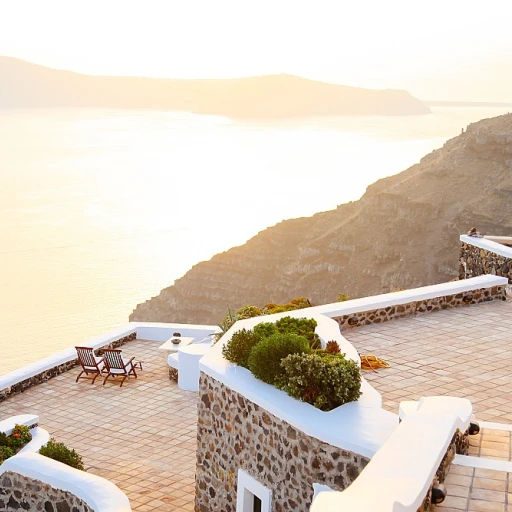
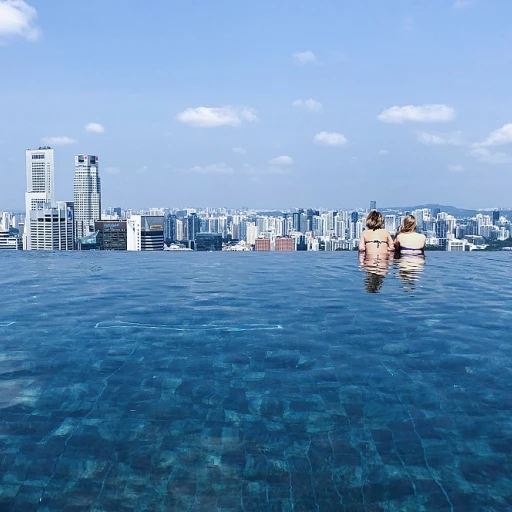
-large-teaser.webp)
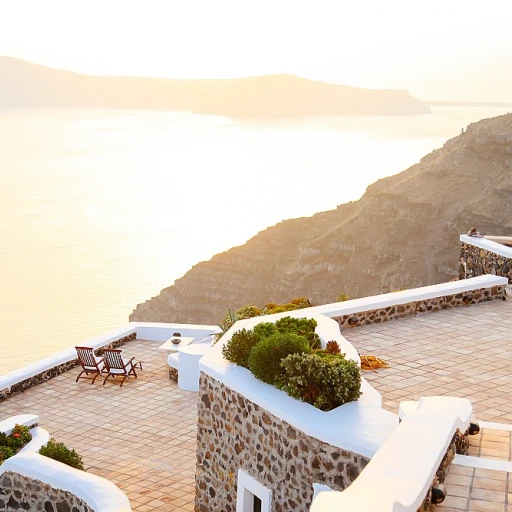
-large-teaser.webp)
